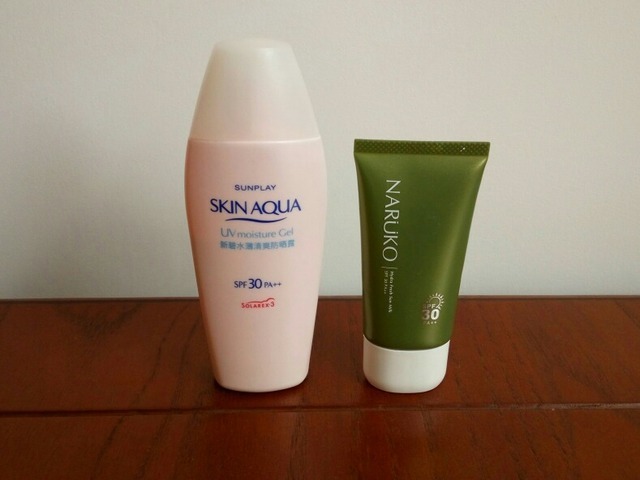The summer months have traditionally been the time for rejuvenation, and reconnecting with nature. Nature treks, camping, sun tanning, and surfing are just some of the outdoor activities that we associate with the vibrancy and sunshine of summer and spring. The sunshine can of course be worrying because of the threat of sunburn, dehydration and more serious long term ailments, but with our sunscreen lotions stashed in the backpack, summers are still quite carefree, or so we thought.

Sunscreens
The safety of commercially marketed sunscreens has received a lot of press of late, and most of this press has not been very flattering. With millions of us turning to sunscreens for protection it is shocking that an industry so dependent on the health concerns of its consumers is so callous about the health and well being of those very consumers. The risks in sunscreens are a concern to all, but are most threatening to patients of breast cancer and children.
Nano particles that are used in many sunscreens have been a subject of concern as there are worries that these minute particles can pass through membranes to pose health risks that we can still not understand. Our understanding is limited because this is a relatively new technology, but it the potential for damage is worrying and should be a cause for concern. According to experts at the Environmental Working Group and according to its report for 2009, although there have been some improvements in quality this has been marginal and a lot more needs to be done. The EWG, made an investigation into 1,572 sunscreens, moisturizers and lip balms with a sun protection factor or SPF of 15 at the very least as this is typically the minimum recommended. The latest research and analysis, following studies on the effects of nano particles has however turned some earlier warnings over.
Recent studies have shown that consumers avoiding or not using sunscreens with zinc or titanium nano particles are at greater risk to UV radiation and also to a higher number of hazardous ingredients in other sunscreens. Oxybenzone is one such harmful sunscreen ingredient that helps protect the skin, while increasing the ease of absorption of other chemicals. Some possible threats from exposure include cell damage, hormone disruption and allergies, while it can cause low birth weights in baby girls if the expectant mother has been exposed.
Some active ingredients commonly used in sunscreen mimic estrogen and pose unknown risks. While SPF ratings are some measure of the sunscreens effectiveness they do not take into account the effects of UVA rays. Scientists however stress the importance of using sunscreen as in its absence exposure to radiation is significantly higher. Caution is however advised when choosing your products and organic sunscreens may prove a lot safer until the FDA comes out with specific guidelines ensuring the safety of sunscreens. The EWG or Environmental Working Group also came out with a list of commercial sunscreens, based on it's studies recommending the best and warning about the worst.

![Diseases, Symptoms, tcm, [tcmwindow.com]](/uploadFile/adImg/2015/11/11/f5cbfcc0-4df5-4646-9b9a-f316651a0199.jpg)





